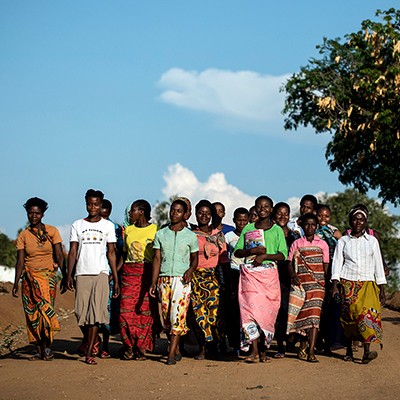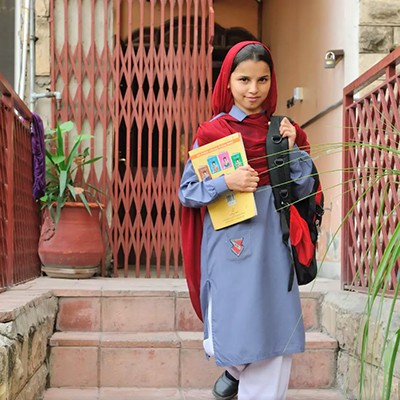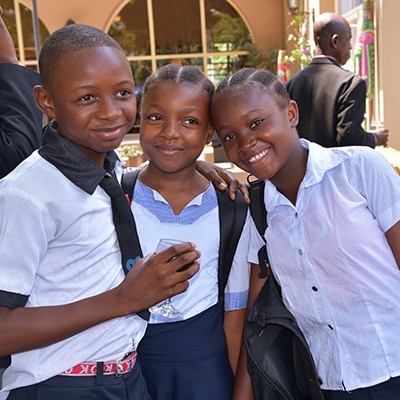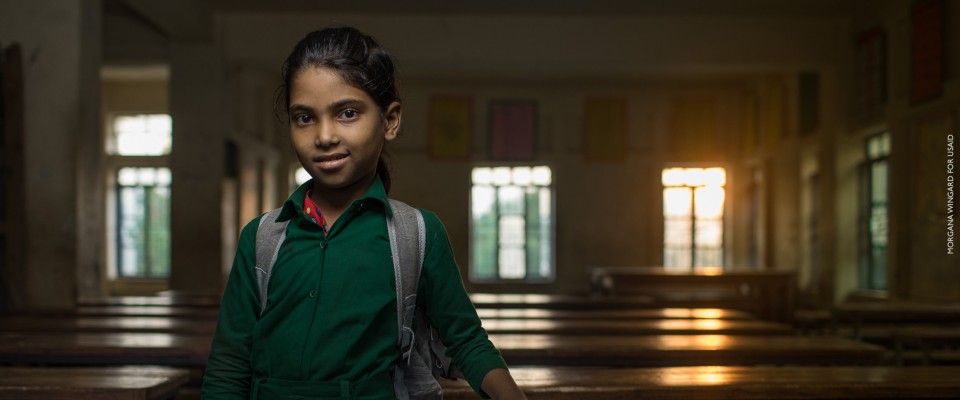- What We Do
- Agriculture and Food Security
- Democracy, Human Rights and Governance
- Economic Growth and Trade
- Education
- Environment and Global Climate Change
- Gender Equality and Women's Empowerment
- Global Health
- Humanitarian Assistance
- Transformation at USAID
- Water and Sanitation
- Working in Crises and Conflict
- U.S. Global Development Lab
Long-term, sustainable development will only be possible when women and men enjoy equal opportunity to rise to their potential. Equal access to quality education has been shown to create pathways for greater economic growth, improved health outcomes, sustained democratic governance, and more peaceful and resilient societies.
Unfortunately, some 61 million girls between the ages of 6 and 14 worldwide are not in school. In conflict-ridden countries, adolescent girls are at particular risk—90 percent are more likely to be out of secondary school than young women in other countries. Girls around the world face enormous obstacles to getting a quality education, among them: poverty, geographical isolation, minority status, disability, early marriage and pregnancy, gender-based violence, and traditional attitudes about the roles of girls and women.
Youth unemployment also disproportionally affects young women who without economic opportunity are less able to invest in their own health, education and safety—and that of their children.
USAID Invests in Girls’ Education
USAID works to break down the barriers that keep girls from learning and leading. To achieve our education goals, USAID promotes education programs that respond to the needs of both girls and boys by:
- Reducing gender-based violence against children and mitigating its harmful effects; and
- Increasing the capability of learners to realize their rights, determine their life outcomes and influence their decision making so that all learners, especially girls, have access to safe, quality education programs and services.
“At USAID, we’re working to break down the barriers that keep girls from learning and leading. We want every girl to go to school, live in a home and community free from violence, and receive the care she needs to grow healthy and strong.”
--Michelle Bekkering, Senior Coordinator for Gender Equality and Women’s Empowerment, USAID
Here are just a few examples of how USAID improves access to quality education, from early grades through higher education, and educational opportunities that link youth to jobs:

EQUITY: In Malawi, where only 16 percent of girls complete primary school, the USAID Give Girls a Chance to Learn project is working with the Ministry of Education and local schools to improve girls' literacy levels, promote healthcare that can help them lead happy and productive lives, and eliminate barriers so that girls can be in school and learning.

OPPORTUNITY: In Pakistan, in areas of the country affected by environmental disasters and conflict, education efforts have been significantly disrupted. In response, USAID has provided reading programs and enrollment opportunities to more than 580,000 girls, since 2015. USAID has also trained more than 12,000 female educators and has built or rehabilitated over 590 co-ed or girls’ schools.

EMPOWERMENT: In the Democratic Republic of the Congo, where a third of children are not in primary school and where sexual violence has been used as a weapon of war, USAID is providing adolescent girls with the educational, life and leadership skills to become positive change agents in their communities. Activities address education, health and gender-based violence and engage girls, boys, women and men in examining and altering harmful practices.


Comment
Make a general inquiry or suggest an improvement.